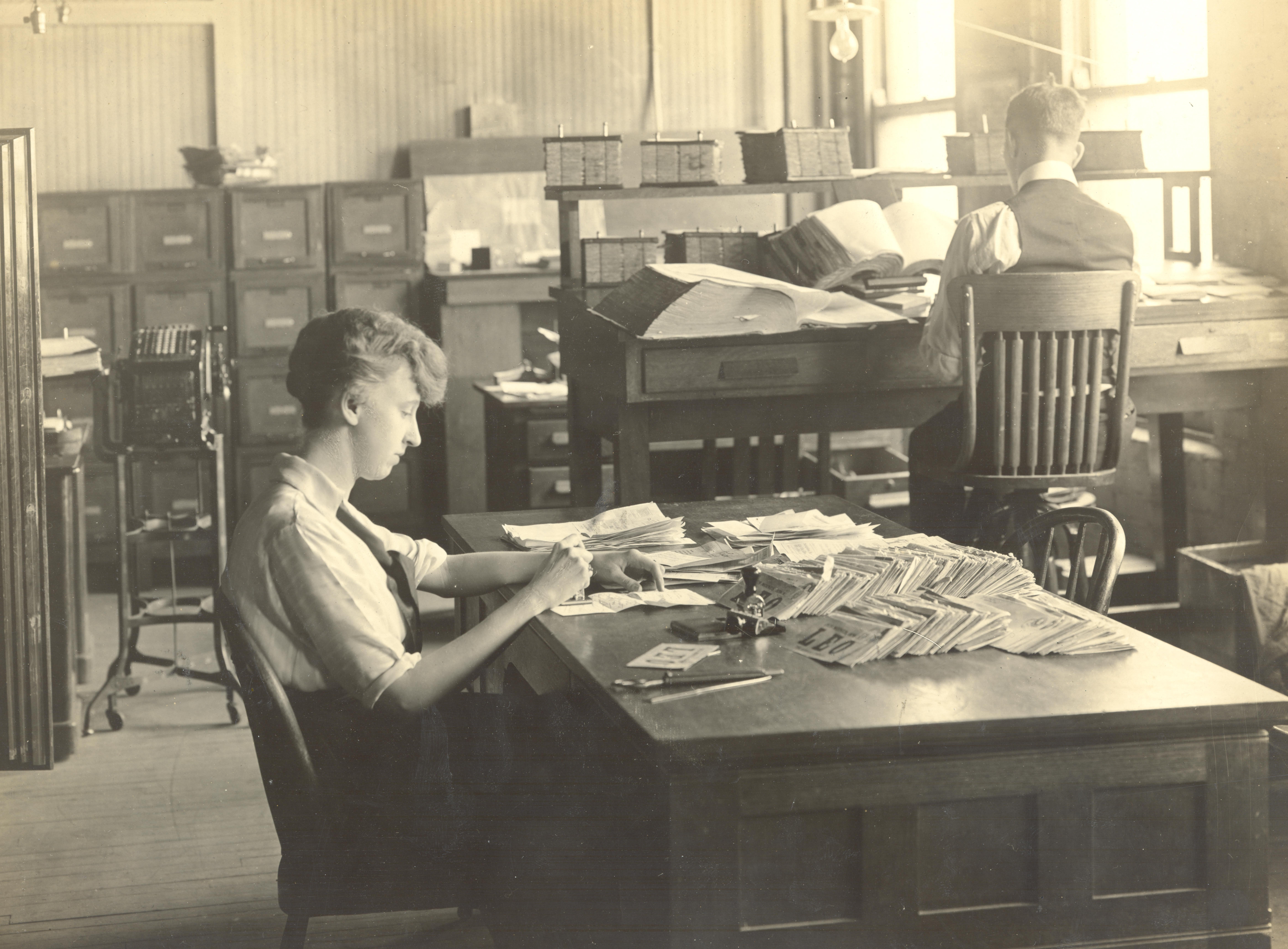Salisbury House was built in the 1920s by cosmetics magnate Carl Weeks and his wife Edith. The home was modeled after the King's House in Salisbury, England. The historic home contains authentic 16th-century English oak woodwork, English flintwork, and rafters that date back to the time of Shakespeare. Called a "national treasure," Salisbury house is graced with the family's original collection of original artworks, tapestries, and antique furnishings.
Timeline
The Armand Company Launches
Time for an Upgrade & Inspiration Strikes

Construction Begins
March
Carl signs an agreement with local architectural firm, Boyd and Moore Architects, for the design and construction of Salisbury House. By this time, Edith’s brother, Paul Van Slyke, has agreed to oversee the project on behalf of Carl.
August
Carl pays for Byron Bennet Boyd (of Boyd and Moore) to take a trip to Salisbury, England to view King’s House and other buildings in the area. While Boyd was inspired by the trip, he returned the money to Carl as he didn’t find it productive enough.
September - December
Crews break ground on Salisbury House following Boyd and Moore’s original plans, starting with the west wing, cottage, and driveway. However, an additional architect based out of New York City, William Rasmussen, has been brought on to the project. Rasmussen visits the construction site in November and he and Paul enact significant changes, going so far as to have some completed construction torn down to be redone and going to the Boyd and Moore offices to redraw plans for the basement and cottage.
Over the next few years a back and forth would continue between Boyd and Moore, Rasmussen, and Carl Weeks. The plans would be changed so often that the architects gave up on redrawing the blueprints for every single change. Because of this, there are no final and accurate blueprints of Salisbury House.

Moving in & Carl's 50th
Salisbury House is Complete
$3,000,000 in 1928 is roughly the equivalent of $55,000,000 today.
Salisbury House is Gifted to Drake
The original lease with Drake was for five years. Due to global events, the lease was renewed for another five years in 1939. In 1944, Drake scrapped the idea of the fine arts college and Drake and the Weekses agreed to seek out a buyer - someone who would buy the property from Drake and the collection from the Weeks family, preferably with plans to use everything as a kind of educational resource for the community. In the meantime, Carl and Edith continued to rent their home.
The ISEA
In 1954 the Iowa State Education Association - the state teacher’s union - was celebrating their 100th anniversary and seeking out a new executive headquarters. By this point, the Weeks family and Drake were willing to give them quite a deal. Everything - house, grounds, and collection - were sold in 1954 to the ISEA for $180,000. Carl and Edith then moved to a small ranch house on Lincoln Place Drive, staying in the South of Grand neighborhood where Salisbury House resides.
The ISEA converted much of Salisbury House into office space and added a new west wing and garage. Under the terms of their purchase, selected rooms and furnishings were retained in their historic condition and kept open for tours. Courtesy of the ISEA’s many education connections, Salisbury House became a staple field trip for many central Iowa children throughout the 1970s and 1980s. The ISEA would also file for Salisbury House to be added to the National Register of Historic Places in 1977.
The Salisbury House Foundation is Established
Like Drake and the Weeks family before them, the ISEA eventually faced insurmountable financial difficulties in maintaining Salisbury House. The ISEA was forced to sell collection items, raise dues, and sell a small parcel of land (they considered subdividing the property further but decided against it). In 1993 a group of neighbors and community leaders who recognized the historic significance of the house and collection formed the Salisbury House Foundation. The intention of the foundation was to purchase Salisbury House and its contents to preserve it for future generations.
The Salisbury House Foundation purchased the house, grounds, and contents from the ISEA in 1998 for $4,000,000. The foundation spent the next several months updating various building systems and converting many office spaces back to their original rooms and conditions, before opening the house as a museum in 1999.
Since taking ownership of the property, the Salisbury House Foundation has invested over $12,000,000 into restoring the estate, while also installing museum quality heating, cooling, security, and fire protection systems.

The Weeks Family
In the 1890s, Carl and his brothers - Leo and Deyet - formed the D.C. & Leo Company, a pharmaceutical business that included the production of private label products (this private label branch would become Weeks & Leo in the mid 20th century). During this time, Carl began to experiment with cosmetics formulas, before establishing Armand and launching their cold cream powder product in 1915.
Carl’s interests included reading, traveling, collecting rocks, learning history, and - most notable today - photography. Many of the historic photos held within the Salisbury House collection and archives are ones taken by Carl.
Edith met Carl at a pharmacy in 1904 - they married February 27, 1907.
Her interests included art, history, travel, and gardening. She could speak and write in French and German, and throughout the 1930s and 1940s kept aware of the situation in Europe (specifically Germany). She was a member of the Des Moines Women's Club and was a member of the Des Moines Founders Garden Club.
He married Glenys Kyner in May 1927, and she passed in February 1929 "of heart disease, following an operation for intestinal influenza" according to a Register article from the time.
She was 21. He married Dorothy Puffer in September 1932.

William, it seems, bounced all over the country. Both of his sons were born in Des Moines; he lived in Madison, WI for some time; and retired in Reading, PA.
He had several hobbies - notably flying and boat racing. He met his wife - Ellen "Nellie" Cooper - at a regatta and they married in 1938. She came from a boat racing family and her father - Jack "Pop" Cooper - was a well known figure in the boat racing community (he was known as "The Grand Old Man of Racing"). They spent some time living in the cottage on the Salisbury House property before building two Lustron homes next door at 4111 Tonawanda Dr. They stayed there until the late 1980s, and moved to Kansas City in the 1990s. The Lustron homes were torn down in 2013.
Hud was the only original Weeks family member still alive when the Salisbury House Foundation purchased the property and collection. When Hud passed in 2002, a memorial bench and stone were placed on the Salisbury House grounds.
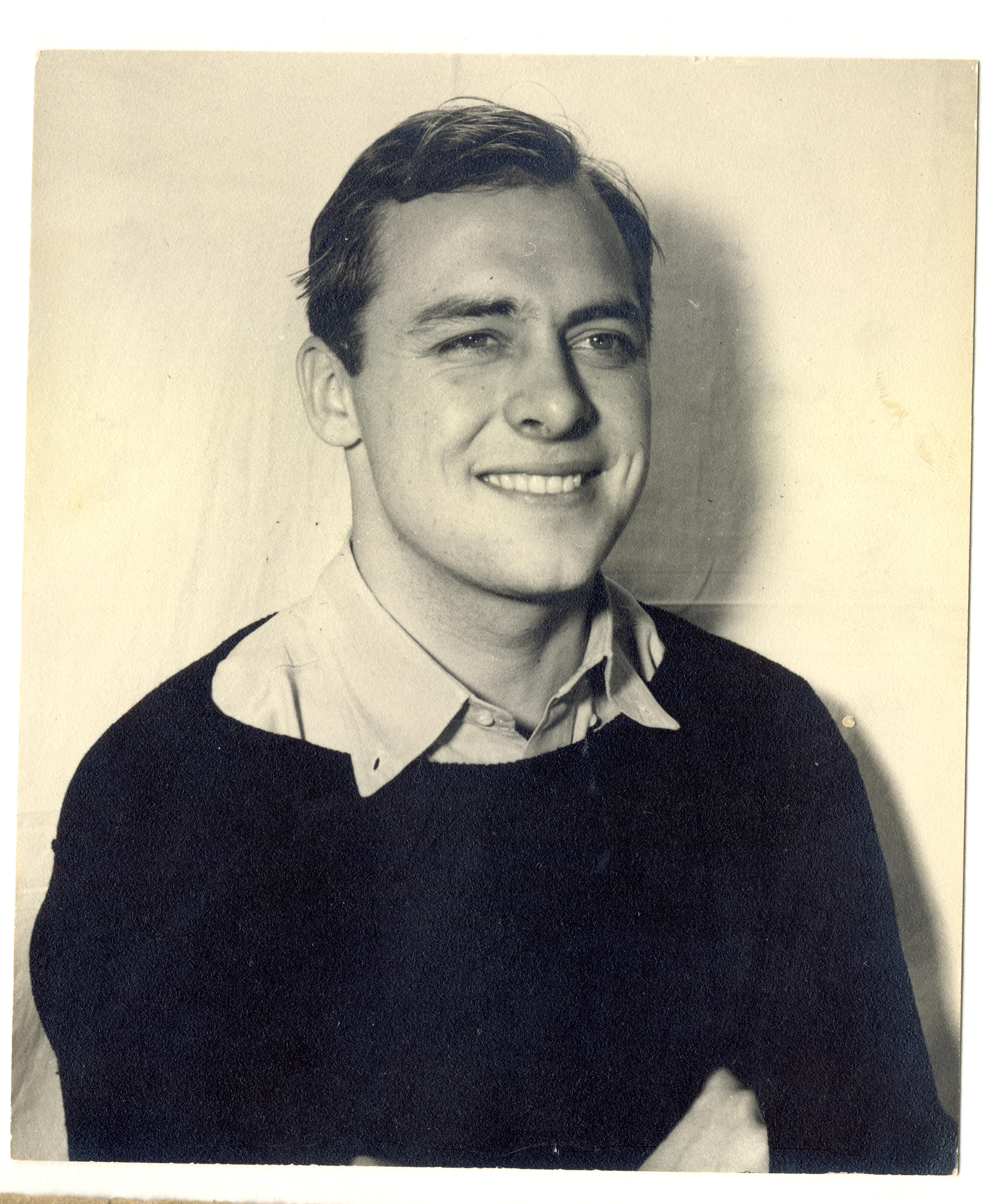
Lafe had an extensive military career during WWII: he was a B-29 commander, received decorations for flying 35 bombing missions over Japan, was a bombardier instructor in Texas, and rose to the rank of Captain in the U.S. Army Air Corps. There are family stories saying that Lafe was the back-up pilot for the Enola Gay, but there is no documentation to prove this. His military records have been requested, but due to a fire in 1973 several military personnel records were destroyed- those of the Weeks boys were included.
The Armand Company
Chamberlain Medicine was one of many “patent medicine” (over-the-counter medicine) companies operating in the later half of the 19th century, where manufacturers made wildly false claims about their products’ abilities and took advantage of growing urbanization and technological advancements to advertise their products in new ways. Up until the first Food and Drug Act was signed into law in 1906, it was the wild west of medicine and pharmacy with some companies striking proverbial gold. This would include Chamberlain Medicine Co. Lowell’s brother, Davis, purchased Chamberlain Medicine in 1910.
With assistance from the maternal side of the family, Carl graduated from pharmacy college in 1893 (at the age of 16) and his brother, Deyet, started his own patent medicine company called D. Weeks Company in 1897. In 1900, Carl opened his first business - a drugstore in Centerville, Iowa - before joining his brother at D. Weeks Company in 1909. At the same time Carl joined D. Weeks Company, he, Deyet, and their other brother Leo, began a separate company: D.C. Leo and Company Private Label Medicines.
The product was initially sold through the Weeks brothers companies, and was one of the first mass produced forms of makeup foundation. However, Carl and his brother’s had different plans and ideas for what the future held (Leo notably wanted to focus on the private label company), and so Carl launched his own cosmetics company in 1915.
After the stock market crash of 1929, cosmetics became a luxury item and Armand found themselves having to pivot. They developed a line of theatrical makeup and "Symphonie" - a one-shade-fits-all translucent powder. Unfortunately, these items didn’t sell as well as hoped and couldn’t compete with the new pancake and liquid products developed during the 1930s. To top everything off, Armand was in a back-and-forth with the Federal Trade Commission until 1935.
Armand sold its products directly to pharmacies, who would then resell these products to their clientele. Armand required retailers to sell their products at the listed price - no more, no less - regardless of who the retailer was. Carl and Armand’s claim was that this policy would protect smaller druggists and stores from being outdone by larger department stores who could afford to lower prices. The Federal Trade Commission took issue with this as it is price fixing. Carl and Armand were taken to court, and after years of appeals Armand eventually lost the suit. During this time, Armand was able to ride the wave of its early success and keep itself afloat, boosted by war contracts acquired during WWII.
The "Pearls in Wine" line came about after WWII, and was Armand's last attempt to re-solidify itself as the make-up brand many women had once known and loved. Half of the initial budget was spent on advertising, but the product line never gained popularity with consumers.
D. Weeks Company struggled after the crash, as did D.C. Leo Company. Carl’s son, Evert “Hud” Weeks, took over D.C. Leo Company in 1935 and oversaw the merger of his uncles’ companies into a single entity: Weeks & Leo. Weeks & Leo did well with a mixed product line of medicines inherited from D. Weeks and toiletries purchased at cost from Armand, with a private label branch inherited from D.C. Leo. During the 1950s, Armand and Chamberlain Lotion would also merge into Weeks & Leo, bringing all of the Chamberlain and Weeks family companies back under one roof.
Hud sold the company and retired in 1986. While Weeks & Leo is still in operation, largely as a private label manufacturer with a small line of Chamberlain Lotion products, it has not been associated with the Weeks or Chamberlain families since Hud’s retirement.
Deyet Weeks developed the concept of direct mail advertising as a cheaper alternative to cold calling and print ads. He did so to promote D.C. Leo; from his first mailing of 50 letters the company received 40 orders.
When Armand launched, Carl worked with a marketing firm based in New York to develop the packaging for Armand (wanting all products to be cohesive) as well as full page ads for magazines. They leaned upon the aesthetics of put-together, upper-class French women, and Armand products became easily recognizable for their pink and white checkered hat boxes.
Finally, the Chamberlain and Weeks companies produced various print materials for retailers and the public. The Salisbury House archives contains several copies of the Armand Broadside, a company newsletter circulated not only internally but to Armand retailers. It contained articles about ways to advertise, testimonials from customers, information about new products, and typically included an order form on the back. Most editions from the 1920s included articles from Carl about his various trips and the construction of Salisbury House; later editions would include articles about the fight with the FTC and the company’s policy for excluding allergens from their formulas.
